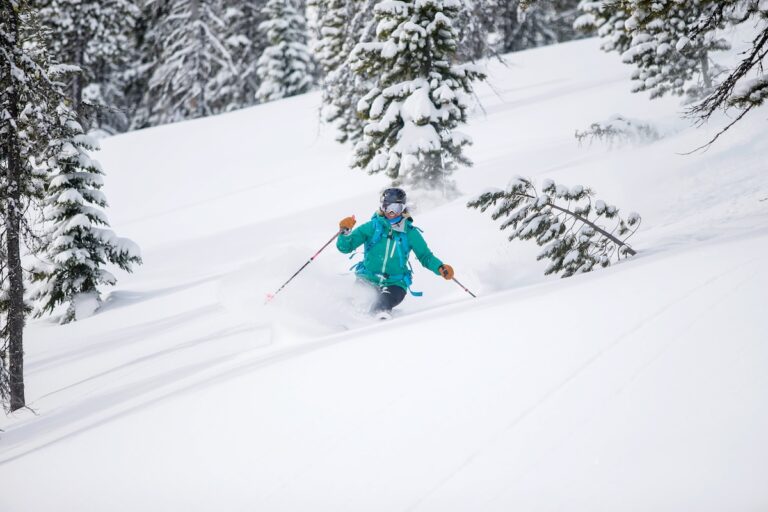Outdoor Medical Emergency Handbook – First Aid For Travelers, Backpackers, Adventurers
Dr. Spike Briggs & Dr. Campbell Mackenzie
Firefly Books, 2010, 244 pages.
This book isn’t for the family heading out to the lake or the couple heading out there for a few days of backpacking. After the Table of Contents and Introduction, there’s a one-pager entitled, How to Use This Book, something I find concerning when the authors need to provide the reader with an explanation of how to read their work. But if you’re planning on medically supporting an expedition and are comfortable with medical issues, read on.
The book is printed using waterproof materials and weighs in at 1.3 lbs (for comparison, my field reference book is Wilderness and Travel Medicine by Eric Weiss that weighs .3 lbs). It’s organized into six color-tabbed chapters (Preparation, Emergencies, Environmental Risks, Accidents and Trauma, Medical Disorders and Treatments, and Emergency Medical Procedures), each of which is further divided into individual topics that provide the reader with a wide array of medical issues and considerations, from trip preparation and immunizations to chest trauma.
The authors refer to the phrase, “common things happen most commonly,” and therefore touch upon some common issues you’ll deal with in the outdoors. There are some other, seemingly more esoteric discussions that suggest the authors decided to disregard the above phrase. For example, the discussion of blisters is followed by one on Overdoses and Poisonings that does, after an evaluation algorithm, encourage the reader to “Seek medical advice early.” There’s also a brief discussion of Psychological Disorders that talks about “facing the challenges of an expedition.” And this, I believe, are the fundamental problems with this book—the authors over-reach in their attempt to provide the reader with a single reference guide, coupled with their lack of defining their intended audience.
There’s plenty of good information in here, but the authors have definitely focused on the extremes of outdoor travelling while suggesting otherwise (“taking your family camping in Yellowstone Park”). Additionally, I found some of the information misleading and or incorrect. For example, their Pain Relief Ladder on the inside cover could be questioned, and their recommendation to “Consider heat stroke if unconscious” under their management of heat exhaustion fails to note that this symptom is defining for heat stroke.
So all things considered, if I was outfitting to medically support an expedition, this book would be one of a few I might take, but if I’m heading out to Yellowstone with my family, I’m going to leave this book on my shelf.
Dr. Bob Lutz
The Green Hour: A Daily Dose Of Nature For Happier, Healthier,Smarter Kids
Todd Christopher, Trumpeter
2010, 288 pages.
First I offer you the question, “What is nature connection?” Coyote’s Guide to Connecting with Nature gives us this perspective, “Simply put, we aim to create meaningful bonds between people and the rest of nature. When we say connection, we mean a familiarity, a sense of kinship, just as we all experience with our human family. The goal includes knowledge and skills but ultimately relationship that restores our bond to nature.”
This much said, what is the experience of nature connection? How does it feel in one’s body and spirit? What does a person feel when connected with nature? I’ve noticed a very curious phenomenon takes place when people of all ages begin to feel connected with nature. They feel alive! They feel more activated, stimulated and sensitized. I co-direct Twin Eagles Wilderness School, a family centered nature awareness school in the Inland Northwest. Ever summer Twin Eagles offers a seven-day overnight camp for teens to deeply immerse in nature. Last summer at the end of camp in our closing circle a 14-year-old girl from Spokane, with tears in her eyes, shared that by deeply honing her senses and intimately connecting with nature she felt human again. This is one of the indicators of success we are shooting for.
People can benefit from the book The Green Hour for the very reason that it aims for connection with nature. It is particularly well-suited for
modern people looking for ideas of how to reconnect with nature in the simplest of ways, from making a pine cone bird feeder to building a snowman in winter. Whether you are a curious naturalist, an educator or a mentor or parent, this book is a basic primer for opening the nature connection doorway with simplicity (just one hour a day) and enthusiasm.
If you are looking for a book that delves beyond the scope of nature connection basics, I would highly recommend Coyote’s Guide to Connecting with Nature by Jon Young, Ellen Haas and Evan McGowan. This book gives the reader a broad surface area of ideas, information and resources for nature connection while simultaneously providing a sound and stable depth that any taproot plant would give to its surrounding soil in order to grow in full connection to the earth it grows from.
Jeanine Tidwell













